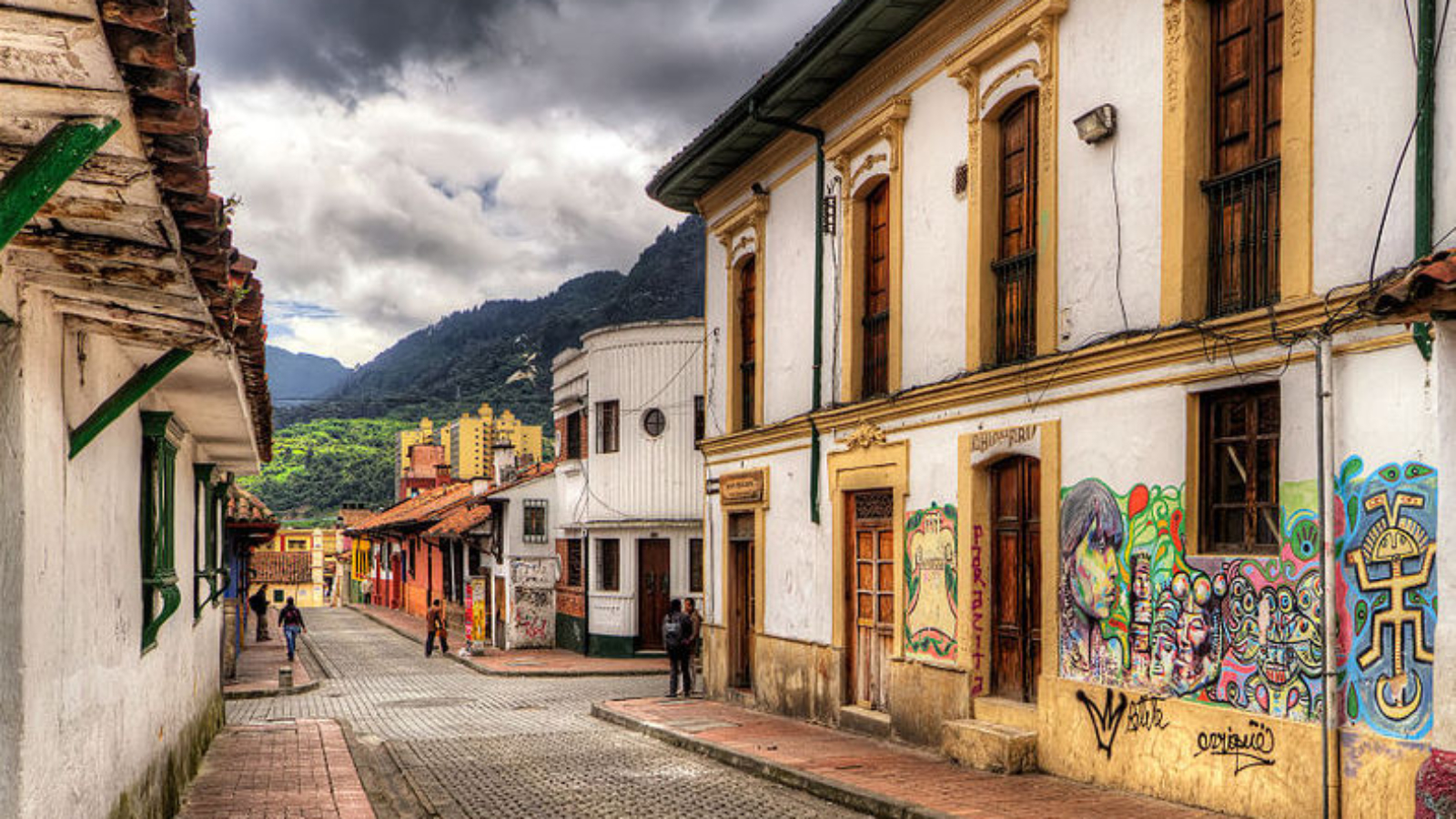In our Big Question feature, World Policy Journal asks a panel of experts to provide insight into the cover theme. The question for the winter 2017/2018 Native Voices issue is: How has migration affected Indigenous cultural and political identities? Below, Vivian Martínez Díaz describes how Colombia’s Indigenous communities are navigating life in cities that restrict their rights.
By Vivian Martínez Díaz
Colonization, armed conflict, and territorial disputes have forced Colombian Indigenous communities to migrate to urban centers in search of better jobs and educational opportunities. After they arrive, Indigenous communities often face poverty, discrimination, and marginalization in urban spaces. The transition itself is difficult: They no longer have their own territory; they must find work instead of relying on subsistence agriculture, as they did before; and they are detached from the rituals and sacred places revered by their ancestors. In addition, the rights of urban Indigenous people are repeatedly denied by institutions and public officials who consider their place to be in the jungle and on farms, not in cities. The Kichwa people, for example, are an Andean Indigenous group, culturally linked to the town of Otavalo in Ecuador, who migrated to Colombia to develop commercial exchanges starting in the 1940s. Today, many Kichwas living in Bogotá are dual nationals, and are therefore entitled to the same rights as all Colombian citizens. However, when they seek access to social programs in the city, their requests are often denied by public officials who consider them “Ecuadorian peasants” who cannot exercise their rights in Colombia.
In response, urban Indigenous communities have developed their own processes of political organization to demand full access to social programs and protection of their rights to political participation, autonomy, and self-determination. These rights are recognized in the Colombian Constitution of 1991 and have been legally defined in rulings by the Constitutional Court of Colombia. Nevertheless, the interpretation of these rights only considers the experiences of Indigenous communities who inhabit rural territories. The stereotype linking Indigenous peoples exclusively to rural territories is therefore reproduced within public institutions. Due to these limits on the exercise of the constitutional rights in the cities, urban Indigenous councils—known in Spanish as cabildos urbanos—emerged as a way to govern Indigenous communities and ensure their cultural survival.
Take the case of the Inga people. The Ingas are an Indigenous group that has been settled in the Sibundoy Valley in what is today southern Colombia since the 16th century. Their cultural identity is based on the use of healing plants such as yagé or ayahuasca, which are well-known among tourists and researchers interested in Indigenous medicine. As a result of the colonization by the Order of Friar Minor Capuchin in the department of Putumayo—which introduced Western capitalist values through methods of cultural eradication such as torture, forced labor, discrimination, and land expropriation—Inga families decided to leave Sibundoy Valley for urban centers. They first arrived in Bogotá in the 1930s and formed a kinship-based community formalized through Catholic ceremonies such as baptisms and compadrazgos (relationships between godparents and godchildren). In the 1990s, the Inga urban community developed its own mechanism of political organization: the Inga Council of Bogotá. Women held positions of authority within this body; Pastora Chasoy Agreda, for instance, was elected governor of the council, its highest position, in 2004.
When asked how the council helped the Inga people navigate life the city, Pastora said: “We, the Inga people, have a head, which is the governor, and he or she has a collective force behind him or her for support; that is, the members of the body. That’s how we survived the city. We survived collectively.” Through capable leadership and collective organization, the Inga people have managed to adapt to life in Bogotá and keep their culture and worldview alive. This is a form of cultural and political resistance in the face of an urban government that ignores the historical presence of Indigenous peoples in the city.
* * *
* * *
Vivian Martínez Díaz is a Ph.D. candidate in anthropology at Universidad de los Andes, Colombia. She is a feminist researcher and activist interested in gender, politics, and Indigenous peoples in Latin America and the Caribbean.
[Photo courtesy of Pedro Szekely]